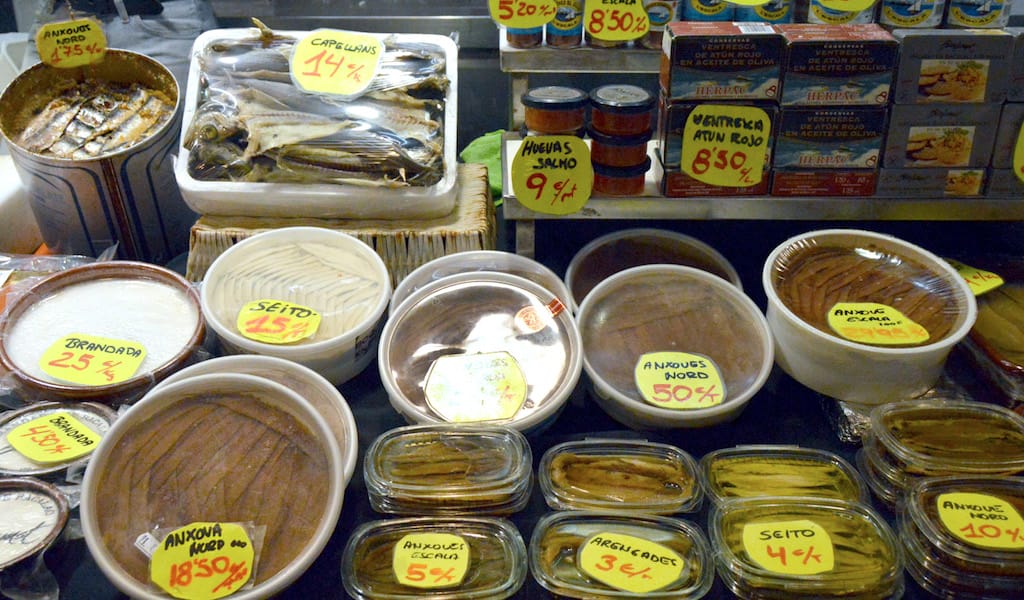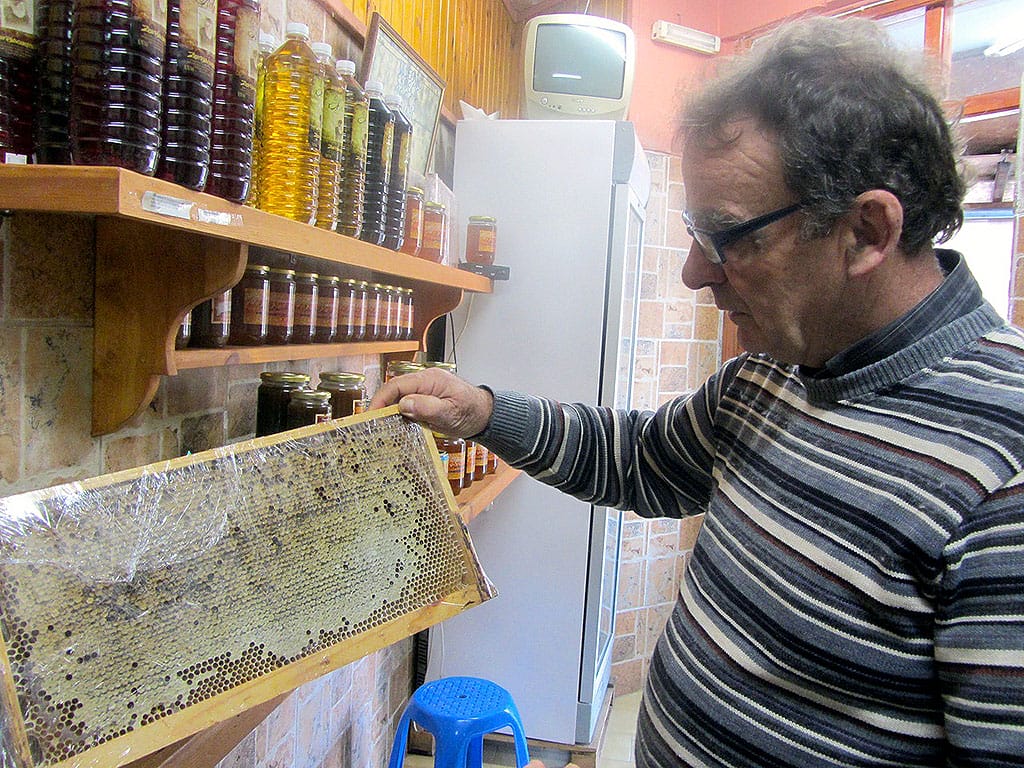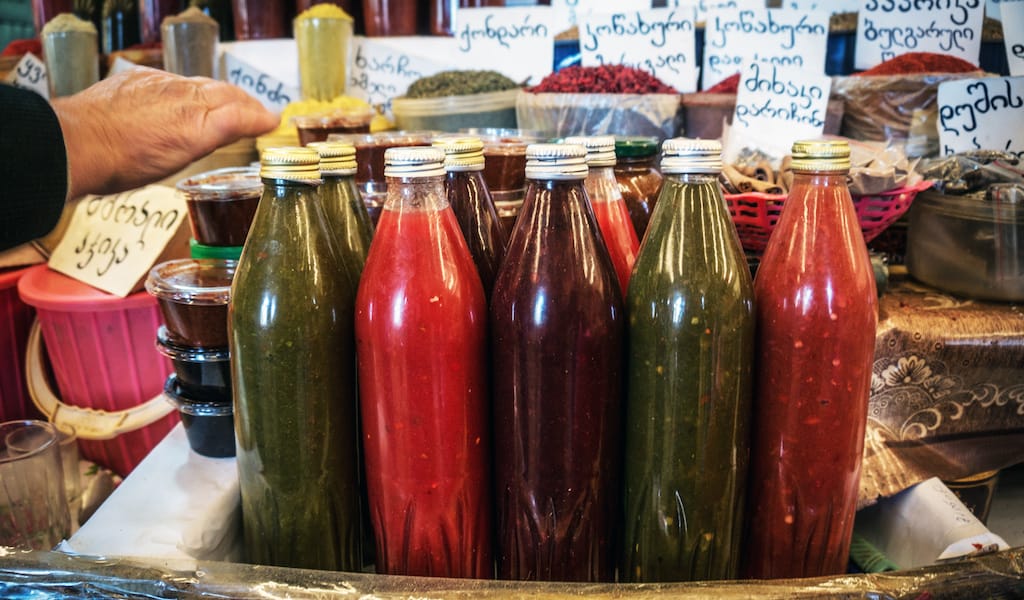Anchoa, boquerón and bocarte: These names – in Spanish, Basque and Catalan, respectively – all describe the same little fish, the anchovy, and to make matters more confusing, the names also indicate how the fish is prepared, depending on what region you’re in.
For a Basque native, “anchoa” refers to the fresh fish and the brown cured fillets; a “boquerón” can only mean an anchovy fillet marinated in vinegar. For other northerners, like Cantabrians and Galicians, the fresh fish is usually “bocarte,” while white, marinated anchovies are “boquerones,” and “anchoas” are only the expensive salt-cured brown delicacy preserved in olive oil. Along the Mediterranean coast, however, locals use “anchoa” for the browns and “boquerón” for all the rest, whether fresh, fried or white cured in vinegar. Usage is also linked to regional preparations, so if we’re in Barcelona and find “tapa de bocartes” on a menu, we would understand immediately that it’s a Cantabrian dish. Furthermore, the Atlantic anchovy tends to be a bit bigger than its Mediterranean brethren, so fresh bocartes are going to be a bit bigger than fresh boquerones. In Catalan, the names are anxova for the brown preserved in olive oil and seitón (also aladrocs in southern Catalonia and northern Valencia) for the white marinated fresh as well as fried fish.
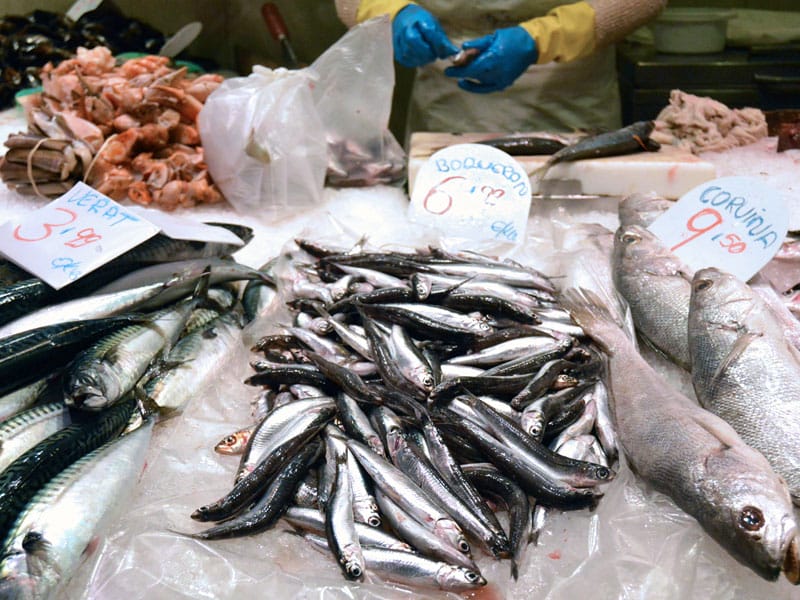
So generally speaking, “boquerón” (and “bocarte” in the north) is the designation for fresh, cooked and vinegar-macerated anchovies, while “anchoa” refers to the salt-cured brown kind.
In Spain, anchovies (Engraulis encrasicolus, from the expansive Engraulidae family) have been, as in other Mediterranean cultures, a fundamental part of the diet here for a long, long time. Small and delicate, they have traditionally been caught along the Spanish Mediterranean and Atlantic coasts and, like cod, have been cured for preservation and transport for centuries.
While here in Spain we prepare fresh anchovies in numerous ways, there are just three that are the most traditional and popular: cured in salt and preserved in olive oil; fresh and macerated in vinegar; and coated in batter and fried. The last are especially classic in Andalusia (the locals from Málaga are called “boquerones”) and in other regions such as Catalonia where there is an Andalusian influence. In Barcelona you can easily find this specialty in many bars and restaurants close to the sea, such as at La Plata; in the neighborhood of La Barceloneta (Bodegueta, L’Electricitat, La Playa, Casa Ricardo…); and also in Peixet als Encants, the city’s most famous flea market.
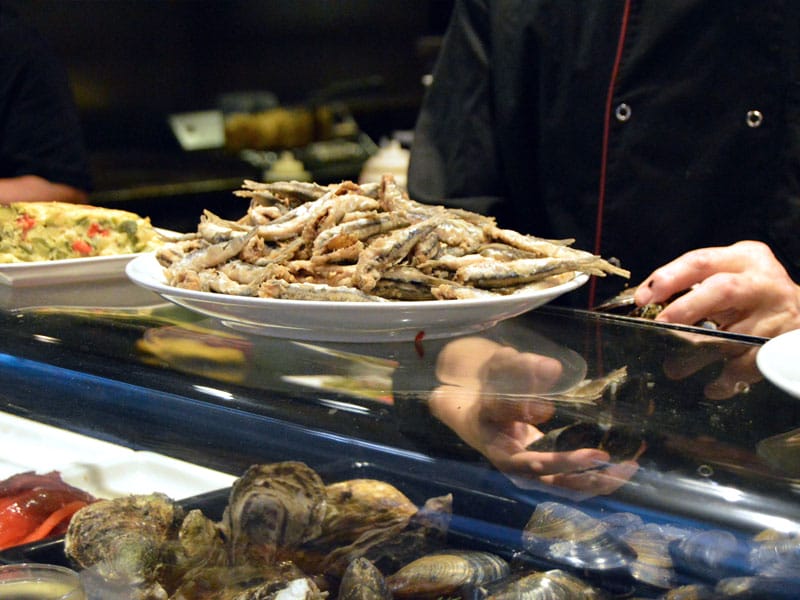
The cured and vinegar-macerated preparations are traditional accompaniments for aperitifs and vermuts, especially whites. White anchovies are called “boquerones” and are usually served as a tapa with vermut or beer. In Barcelona, boquerones en vinagre are typically served with a sauce of paprika and olive oil created by the local brand L’Espinaler. At places like Morro Fi or traditional bodegas like Quimet i Quimet, you’ll also find a traditional tapa called matrimonio (“marriage”) that brings white (boquerón) and brown (anchoa) anchovies together.
Salt-curing in Europe has Phoenician origins and was further developed by the Romans and other Mediterranean cultures over the centuries. There is evidence that, in Catalonia, the Ampurias port (in Girona province) was a site of salt preservation at the time of its founding by the Greeks in 500 BCE. By the 19th and 20th centuries, the salt-curing industry had become concentrated in the village of L’Escala, and today, this is where the best Catalan (Mediterranean) anchovies continue to be cured.
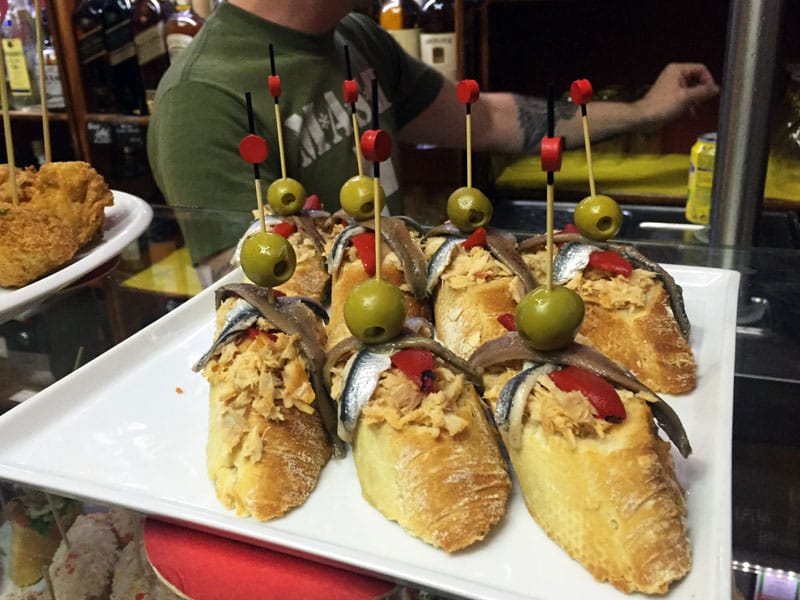
In the north of Spain, canning as a preservation method became widespread in the late 19th century. This was thanks to a number of Italian producers who came to the region in search of better anchovy catches. In the region of Cantabria, on the Bay of Biscay, these Italians found great anchovy fisheries in villages like Santoña, and many of them ultimately stayed in the area, married locals and started new companies there. But it was one Giovanni Vella Scatagliota who changed everything. He began selling the most exquisite canned salt-cured anchovies, a delicate bite carefully cleaned by hand to eliminate skin and bones to make a shiny, clean fillet and then preserved in olive oil so that it was ready to eat. He ennobled a fish that, until then, was used in Cantabria mainly as bait.
Nowadays, those wonderful Cantabrian anchovies might be sold in restaurants for €2 a fillet for the highest-grade fish. Chefs in Barcelona also use them in interesting dishes, such as the “Soldadito” at Norte and the surprising “Anchoa con dulce de leche,” with its amazing contrast of flavors, at La Pepita.
Editor’s note: In the coming weeks we will be rerunning pieces from our archive that we hope will be helpful during these trying times. This story, the first in our Building Blocks series exploring the fundamental ingredients of the cuisines we cover, was originally published on October 7, 2015.
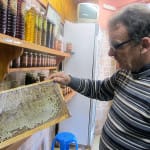 September 27, 2023 Building Blocks
September 27, 2023 Building Blocks
Editor's note: Our recurring feature, Building Blocks, focuses on foods and ingredients […] Posted in Athens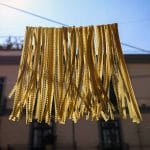 April 12, 2021 Building Blocks
April 12, 2021 Building Blocks
In the early 18th century, before there was the Spinning Jenny, the Cotton Gin and the […] Posted in Naples April 7, 2021 Sping (Food) Break 2021
April 7, 2021 Sping (Food) Break 2021
There is a day in February when we raise our noses to the sky like dogs and catch the […] Posted in Tbilisi
Published on March 20, 2020
Related stories
September 27, 2023
AthensEditor's note: Our recurring feature, Building Blocks, focuses on foods and ingredients that are fundamental to the cuisines we write about. This may come as a surprise, but little Greece is Europe’s fourth most important honey producer after Spain, Germany and Hungary. Every year, between 12,000 and 17,000 tons of this liquid gold are stolen…
April 12, 2021
Naples | By Kristin Melia
NaplesIn the early 18th century, before there was the Spinning Jenny, the Cotton Gin and the steam engine, a new machine was making waves in Gragnano, the grain capital of the Kingdom of Two Sicilies. It was the torchio, the pasta extruder. And it would radically and permanently change the diet of Italy. Just beyond…
April 7, 2021
TbilisiThere is a day in February when we raise our noses to the sky like dogs and catch the first teasing wisps of spring. Our eyes widen, we nod and chime with giddy grins, “It’s coming.” Then the weather turns with a cold snap or even snow and we forget all about spring until one…







































